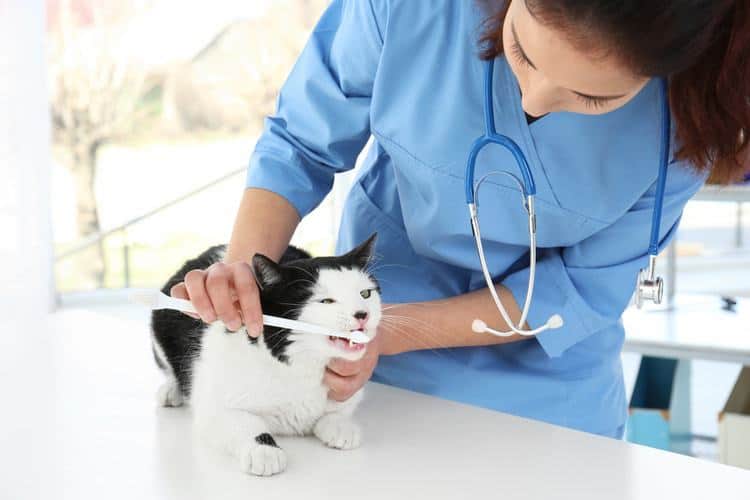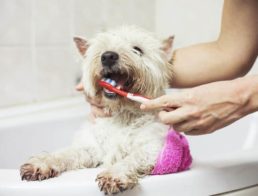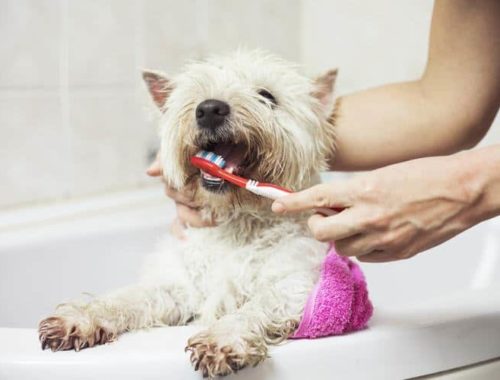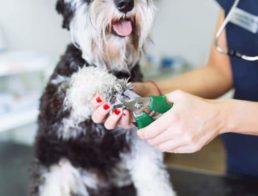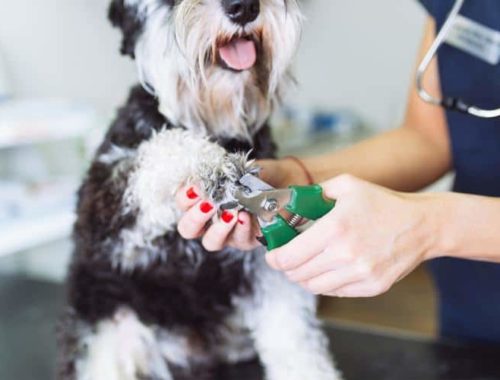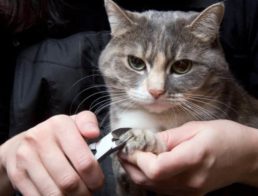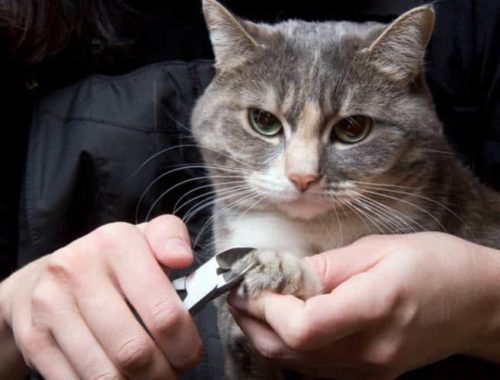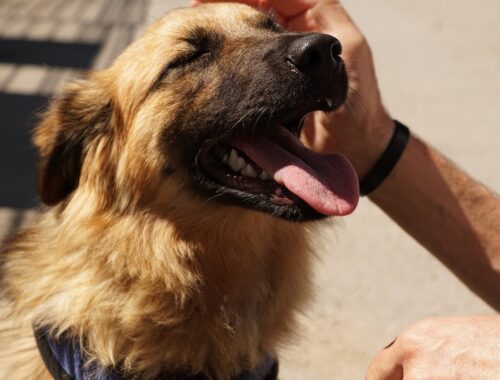If you have a cat, then you may already know that grooming your pet is an essential part of your routine. But don’t forget that part of the grooming routine also includes brushing your cat’s teeth. Cat dental disease is a common health problem for cats. Plaque and bacteria can grow inside the mouth of your cat, and cause adverse effects on your pet’s health. The solution to removing the plaque and bacteria is to brush your cat’s teeth using a special animal toothbrush and toothpaste.
At first, brushing your cat’s teeth will be difficult, because your pet may not be used to the process. That’s why it would be wise to start at an early age. You will see, that after a few sessions, your cat will get used to the process. It is important to brush your pet’s teeth daily, but if your cat is not cooperating, a few times a week should be fine.
Here are five steps you should follow when brushing your cat’s teeth:
- Purchase your Supplies
- Prepare and Help Your Cat to Relax
- Start Brushing your Cat’s Teeth
- Brush Regularly
- Choose an Alternative Method to Brushing
Step 1: Purchase your Supplies
For brushing your cat’s teeth, you will need pet-designed supplies, such as a cat toothpaste, a cat toothbrush or a finger toothbrush.
You should never use human toothpaste on a cat because if swallowed it can cause damage to the stomach. You can also try different toothpaste flavors so your cat enjoys the taste and gets comfortable with the brushing routine.
If your cat does not prefer the pet-designed toothbrush, you can use a finger brush. It usually works very well for cats.
Step 2: Prepare and Help you Cat to Relax
It’s crucial not to rush your cat. Approach your pet slowly and calmly. A good idea is to hold your cat in your lap and let it get comfortable.
If you see that your cat becomes anxious or uncomfortable at any time during the process, stop and try again later, or the next day. It may take some time for your cat to adjust.
Step 3: Start Brushing your Cat’s Teeth
When you start brushing your cat’s teeth, begin by simply massaging your cat’s neck and mouth area. If your cat seems comfortable and relaxed, try and massage its gums with the cat toothpaste. Another good way to accommodate your pet to the process is to let her lick the toothpaste off of the toothbrush.
Once your cat becomes comfortable with the procedure, start by running the toothbrush gently along the gum and teeth. You can also start this using your finger before the toothbrush.
Start by moving the bristles of the brush along the gum line of the upper back teeth and angle slightly up. The key is to get the bristles under the gum line.
The brushing process should take about 30 to 40 seconds.
Step 4: Brush Regularly
You should brush your cat’s teeth on a daily basis. If not, at least a few times a week. By reducing the amount of plaque and bacterial buildup, you will ensure your cat’s mouth is the healthiest it can be.
While you’re brushing your cat’s teeth, you can do a quick scan of its mouth to check if there are any other problems that would need the vet’s attention. Bleeding gums, red areas, or pus are just a few of the issues that should be inspected by a vet.
Be sure to reward your cat for being patient while you brush its teeth – you can give the cat a treat. She will understand she did a good job, and that’ll help in making future brushing procedures easier for both of you.
Step 5: Choose an Alternative Method to Brushing
There are certain cats that will not allow you to brush their teeth at home. If this happens, you can take other actions to ensure that your pet will keep its teeth clean, although these are not a substitute for daily brushing.
Dental treats are one of the “special” foods that are specially formulated to help remove the plaque from your cat’s teeth.
Dental additives can be added to water. This will reduce the amount of bacteria that accumulates in your cat’s mouth. There are also spray bottles available that can be applied directly to the teeth.
Another method is to use cat toys. Dental chew toys can help clean and reduce tartar and plaque on your cat’s teeth.
Although brushing your cat’s teeth will have a favorable impact on its oral health, your cat may need the help of a professional for dental cleaning. If you see that tartar is accumulating around a cat’s teeth or gumline, you should make an appointment for a dental cleaning.


